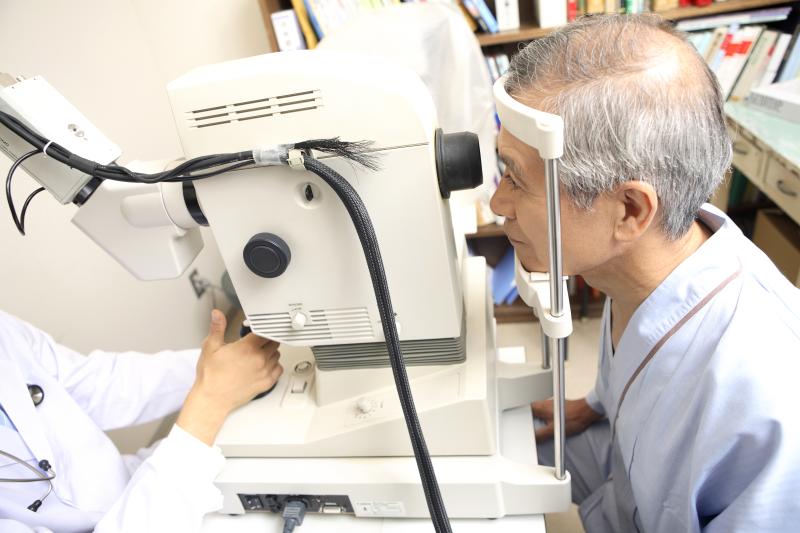
A greater maximum cup depth (MCD) is correlated with a narrower central retinal venular equivalent (CRVE) and higher intraocular pressure (IOP), a recent study has shown.
Researchers enrolled 4,194 participants (mean age, 51.12±10.80 years; 44.4 percent male) without glaucoma of whom 40 had primary open angle glaucoma (POAG). All participants underwent a complete ophthalmologic examination. The mean MCD in the study sample was 0.58±0.22 mm, while the average IOP was 15.11±2.89 mm Hg.
Unadjusted analyses found that a deeper MCD was correlated with higher IOP and narrow CRVE and central retinal arteriolar equivalent (CRAE). Other systemic and ocular factors also emerged as potential predictors, including age, sex, systolic blood pressure, disc area, cerebrospinal fluid pressure and trans-lamina cribrosa pressure difference.
Multivariable linear regression analysis, fully adjusted for potential confounders, confirmed that IOP (B, 0.003, 95 percent confidence interval [CI], 0.001–0.004; p=0.005) and CRAE (B, –0.001, 95 percent CI, –0.001 to –0.0003; p<0.001) were independent predictors of MCD.
The same was true for disc area, age and sex (p<0.001 for all). Moreover, the presence of POAG also correlated significantly and independently with MCD (B, 0.17, 95 percent CI, 0.10–0.24; p<0.001).
The principal findings remained mostly true when analysis was restricted to participants without evidence of clinical glaucoma. In those with POAG, none of the factors were found to correlate significantly with MCD.